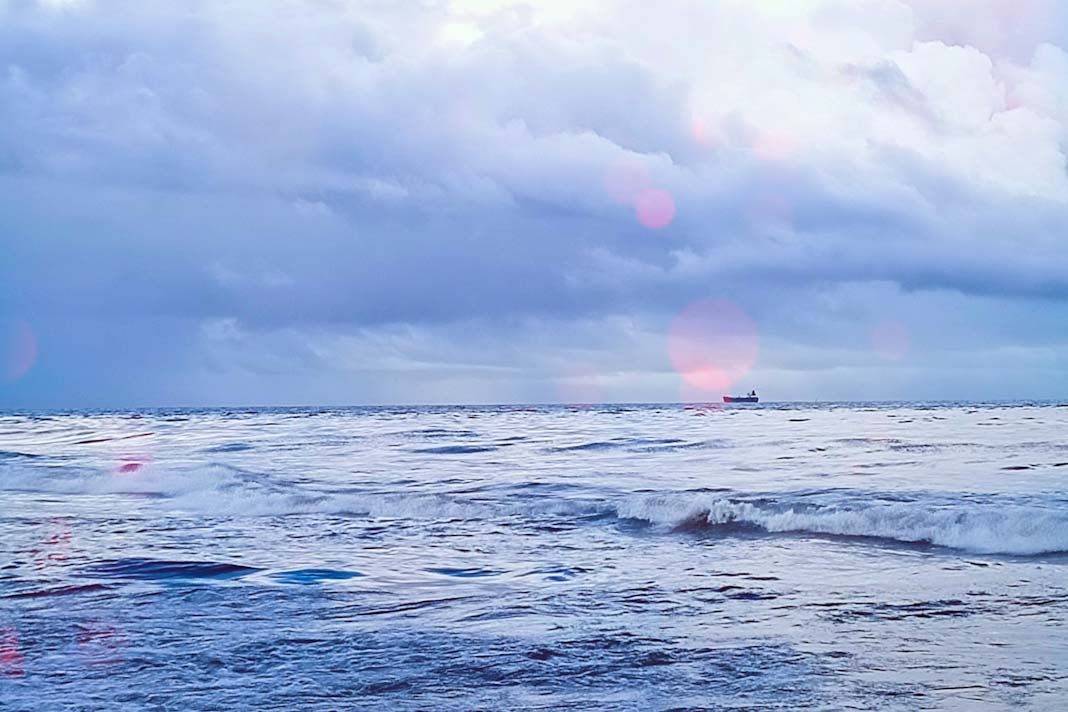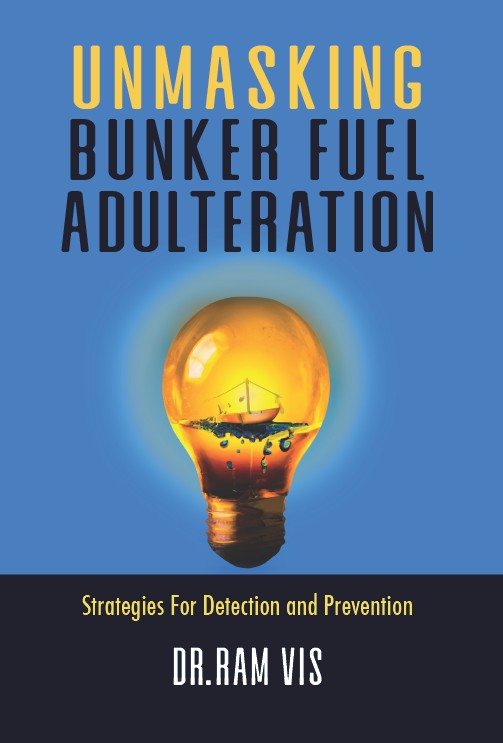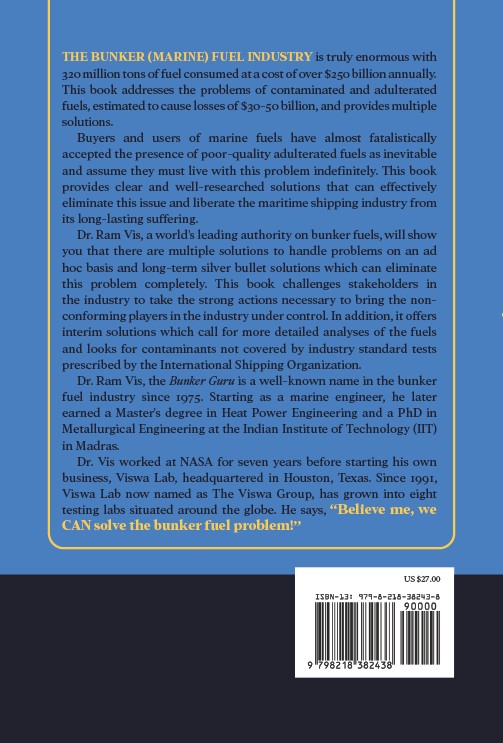- Sea Zero project undergoes key testing at SINTEF Ocean, refining its zero-emission cruise ship design.
- The new design features two retractable sails, improving stability and cutting energy use by 10–15%.
- Energy consumption is targeted to be 40–50% lower than current ships, enabling battery-powered, emission-free sailing.
- Collaboration with SINTEF and advanced model testing confirm the feasibility of these sustainable technologies.
Hurtigruten is making significant progress toward developing the world’s most energy-efficient cruise ship, with its Sea Zero project completing a crucial phase of testing at SINTEF Ocean’s facilities in Trondheim, Norway. The project is focused on integrating a range of sustainable technologies, including large battery systems, retractable sails, air lubrication systems, contra-rotating propellers, and an energy-optimized hull.
Hurtigruten’s goal is to achieve zero-emission operations along the Norwegian coast by 2030. “We are learning a lot from these tests, and we now see that many of the ambitious goals in this project can also be implemented in practice,” said Gerry Larsson-Fedde, Chief Operating Officer at Hurtigruten.
Optimized Ship Design for Maximum Efficiency
Following extensive design work and testing, the Sea Zero ship has been refined to improve efficiency and stability. The latest design is now longer, slightly wider, and lower, with one deck removed to enhance stability. The ship also features two large retractable sails that can be adjusted as needed. Recent digital simulations and physical model tests at SINTEF’s ocean basin and towing tank in Trondheim confirmed that the sails alone could cut energy consumption by 10–15%.
“For each round, we make changes to optimise the design. Now, the ship is eight meters longer and slightly wider, and the height has been reduced by one deck. This provides, among other things, better stability. We have also gone from three to two sails,” added Larsson-Fedde.
With these design improvements, the Sea Zero concept aims to reduce overall energy consumption by 40–50% compared to existing ships. This reduction makes it feasible to power the vessel with batteries charged via shore power at key ports, enabling emission-free operations under normal weather conditions.
Collaborative Research and Testing for Seamless Integration
Hurtigruten is working closely with the Norwegian research institute SINTEF and other leading partners to refine the vessel’s design and integrate its advanced technologies. “With the reduction in energy use we’re aiming for, it’s realistic to fit a battery system with enough energy to allow the ship to sail between charging ports under normal weather conditions,” said Trond Johnsen, Project Manager for Sea Zero.
SINTEF is utilizing advanced numerical simulations and new laboratory techniques for ship model testing to analyze the performance of these technologies. “To fully understand and analyse how these technologies work together, we are using advanced numerical simulations and have developed new laboratory techniques and instrumentation for ship model testing,” said Anders Alterskjær, Research Manager at SINTEF Ocean. “The model tests and analyses performed so far show encouraging results towards reducing the energy demand to the degree needed to enable zero emission operation.”
The results from these tests provide confidence that the innovations incorporated into the Sea Zero design can significantly contribute to the maritime industry’s transition toward sustainable and energy-efficient cruising.
Did you subscribe to our daily Newsletter?
It’s Free Click here to Subscribe!
Source: Hurtigruten

























